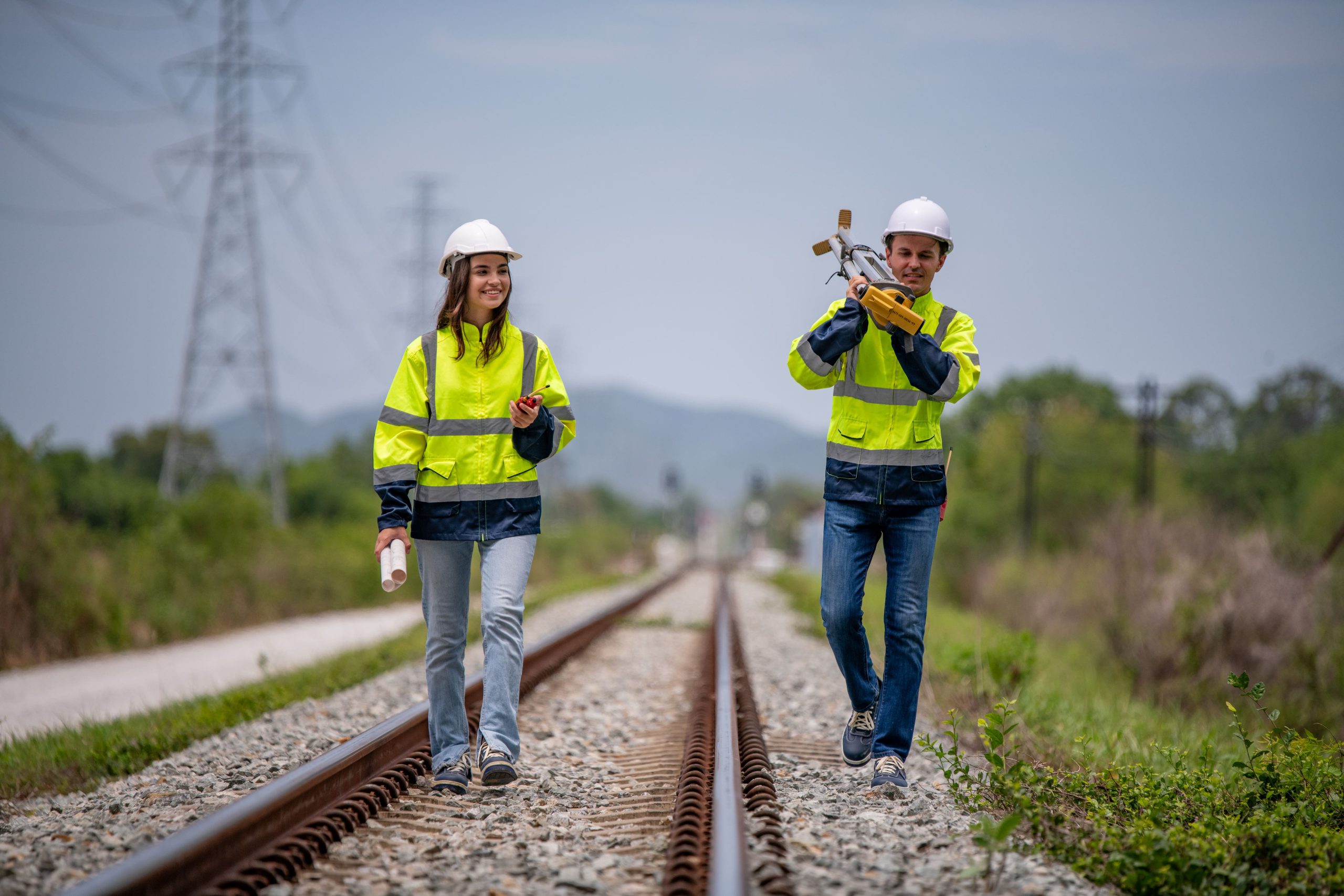10 Easy Steps To Start Your Own Railroad Workers Cancer Lawsuit Business
Railroad Workers Cancer Lawsuit : Fighting for Justice
Introduction
The railroad market has actually long been a vital part of the United States' economy. However, it has actually also subjected its workers to hazardous conditions and direct exposure to harmful substances, causing increasing concerns over health risks, particularly cancer. Just recently, a significant variety of railroad workers have actually taken legal action against major business, declaring that their direct exposure to carcinogenic materials on the task led to severe health issues, consisting of numerous forms of cancer. This post will check out the information of the Railroad Workers Cancer Lawsuit, the ramifications for workers and their households, and the continuous fight for justice.
Context of the Lawsuit
Railroad workers are routinely exposed to toxic chemicals like diesel exhaust, asbestos, and other carcinogenic products without appropriate safeguards or sufficient training. These direct exposures have been connected to many health issues, especially lung cancer, bladder cancer, and other deadly conditions. The legal actions initiated by railroad workers throughout the nation objective to hold significant rail business responsible for their negligence and absence of protective procedures.
Key Contributors to Cancer Risk
Substance
Health Effects
Sources in Railroad Work
Diesel Exhaust
Lung Cancer, Respiratory Issues
Locomotive engines, maintenance work
Asbestos
Lung Cancer, Mesothelioma
Insulation items, brake linings
Benzene
Leukemia, Bone Marrow Damage
Fuel, solvents
Creosote
Skin, Lung, and Bladder Cancer
Wood preservation in ties
Comprehending the Claims
Railroad workers who initiated suits declare that their employers stopped working to supply a safe workplace. They assert that the companies stopped working to:
Implement Safety Measures: Necessary preventative measures to restrict direct exposure to damaging products were frequently absent.
Offer Proper Training: Workers were not provided sufficient training on handling dangerous materials.
Offer Health Monitoring: Regular health check-ups and monitoring for early detection of work-related health problems weren't supplied.
Inform Workers of Risks: Companies did not correctly notify employees of the dangers related to their work environment.
This legal motion's objective is not simply to look for settlement for medical costs and suffering; it also intends to raise awareness and push for policy changes that safeguard workers in the future.
The Legal Landscape
Types of Lawsuits
There are generally 2 types of suits that railroad workers may submit:
Type of Lawsuit
Description
Example
Accident Claim
Workers sue for damages due to negligence of company
A worker develops cancer due to asbestos exposure with no warning.
Workers' Compensation Claim
Compensation for health problems connected to work without showing employer negligence
A worker identified with lung cancer after years of diesel fumes exposure.
Secret Legislation
The Federal Employers Liability Act (FELA) is a crucial piece of legislation impacting these suits. Developed in 1908, FELA enables railroad workers to sue their companies for damages if they can show that carelessness contributed to their injuries or illness. Unlike common workers' compensation claims, FELA does not require workers to prove they were injured on the task, making it an essential tool for those suffering from occupational illness.
Ramifications for Workers and Their Families
The ramifications of the Railroad Workers Cancer Lawsuit extend beyond simply the people diagnosed with cancer. Families might face psychological, financial, and useful obstacles as they support their loved ones through treatment and recovery.
Effects Include:
Financial Burden: Medical costs, lost income, and other expenses can end up being overwhelming for families.
Psychological Toll: The mental tension associated with chronic disease impacts both the individual and family characteristics.
Caregiver Responsibilities: Family members might need to take on additional caregiving duties, which can disrupt their lives.
Access to Support Groups: Many families may discover it beneficial to link with others experiencing similar circumstances, resulting in community building through shared experiences.
Regularly Asked Questions (FAQs)
1. Who is eligible to take part in the Railroad Workers Cancer Lawsuit?
Railroad workers detected with cancer and who were exposed to toxic products on the job during their employment might be eligible.
2. What kinds of cancer are most frequently reported amongst railroad workers?
Lung cancer, bladder cancer, and mesothelioma are among the most typically reported cancers in railroad workers.
3. How can railroad workers show their direct exposure to damaging compounds?
Documents such as work records, security reports, and witness statements can help develop an employee's exposure to dangerous materials.
4. What settlement can workers get out of these suits?
Settlement may cover medical expenditures, lost salaries, discomfort and suffering, and in many cases, compensatory damages against companies.
5. The length of time do these legal procedures take?
The timeline can differ greatly depending on the complexity of the case, the particular scenarios, and whether it goes to trial. It may take several months to a few years.
The plight of railroad workers experiencing cancer as a result of poisonous direct exposure has led to a vital motion targeted at business responsibility and worker safety. While the legal procedure might be made complex and time-consuming, it represents an important action toward not just compensating affected workers however likewise fostering required modifications in workplace safety policies. Educational initiatives and increased awareness about the threats railroad workers deal with will be essential in preventing future illnesses. Supporters continue to stress the importance of safety and health requirements to protect those who keep the essential railroads running. The battle for justice and safety in the railroad industry is far from over, and only time will reveal the effect of these considerable legal actions.
